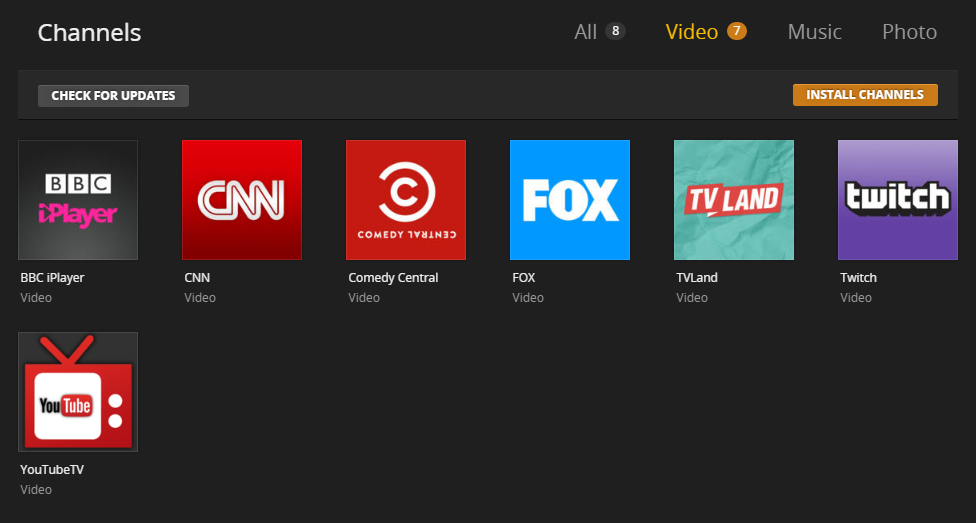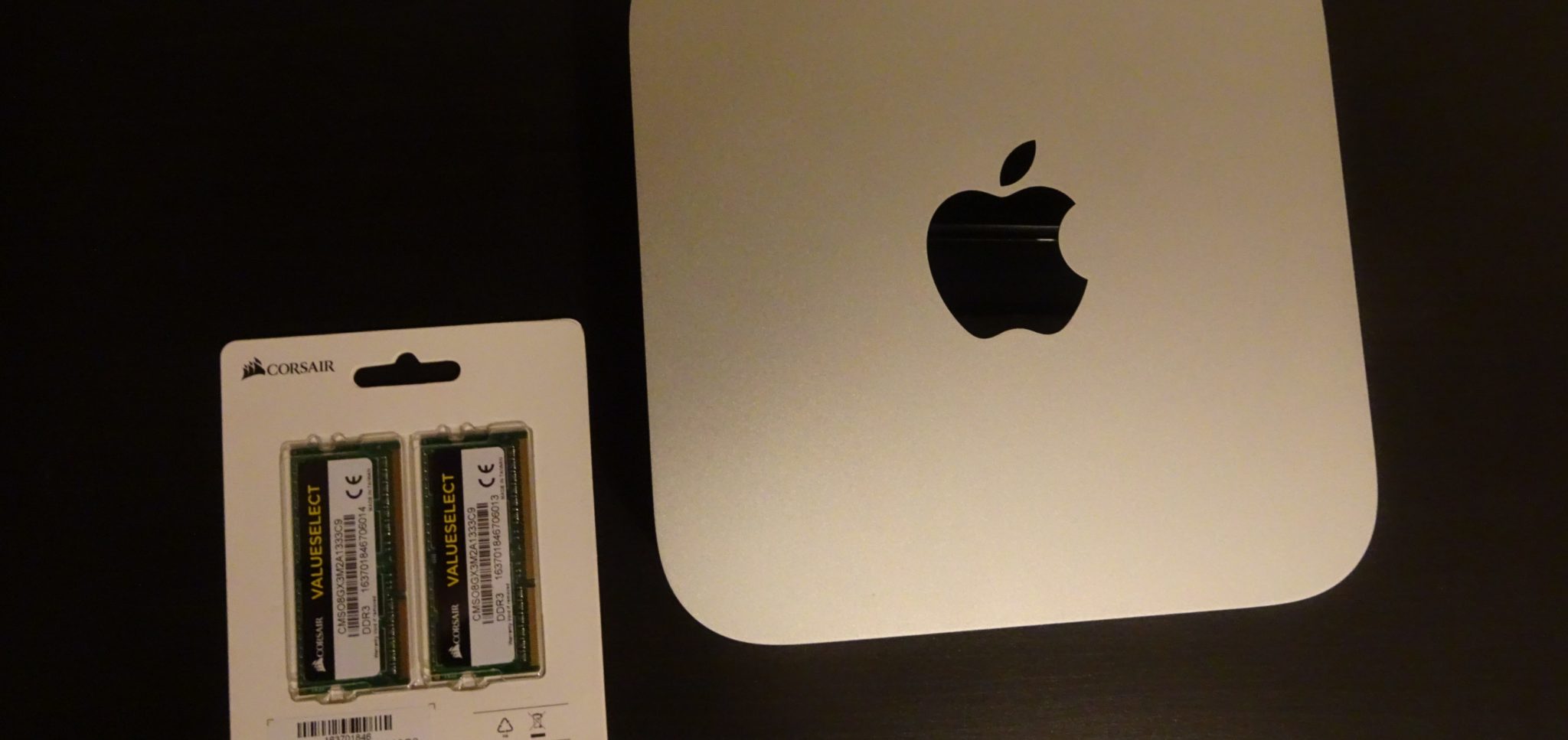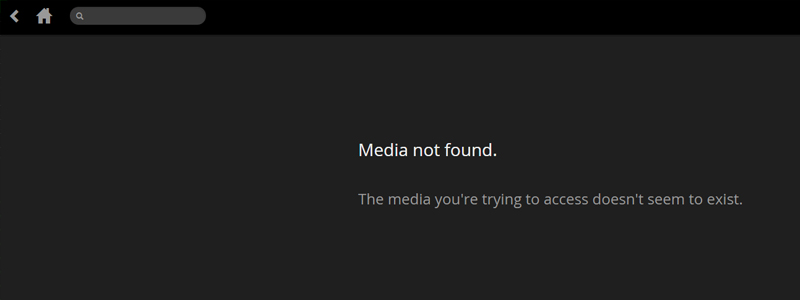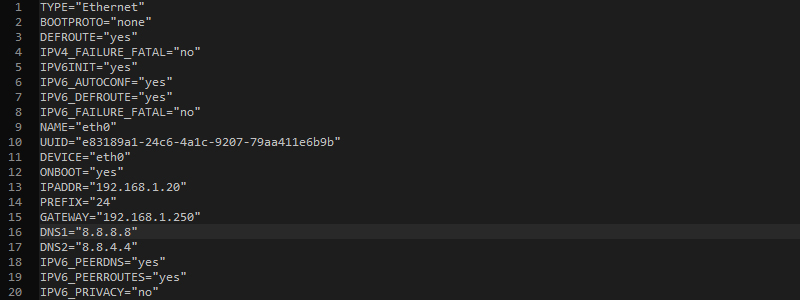Restart and Shutdown Event Logs for Windows
When monitoring Windows Servers you have one monitoring tool that every System Administrator should master. This is of course is Windows Event Viewer. From personal experience this tool has been useful for monitoring outages when you are not hosting the hardware on site. In this article I shall share the particular steps I use in doing this.






